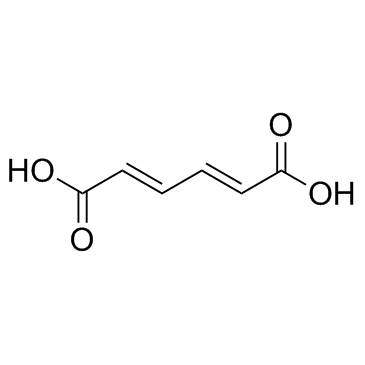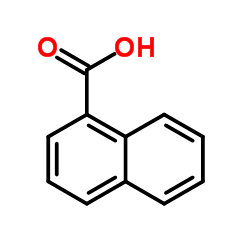| Structure | Name/CAS No. | Articles |
|---|---|---|
 |
Chrysene
CAS:218-01-9 |
|
 |
trans,trans-Muconic Acid
CAS:3588-17-8 |
|
 |
naphthoic acid
CAS:86-55-5 |